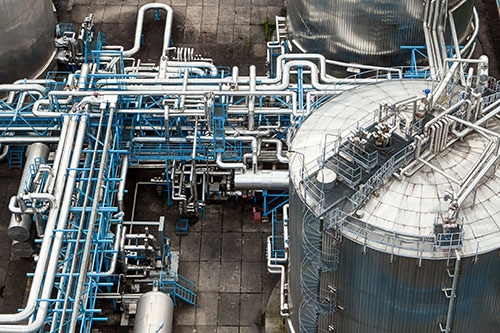
The production of natural gas has become thorough and complex. While there are many concerns with natural gas processing, overall it is efficient and allows for little to no harm to the air and earth. First, the raw gas goes through a process to remove all of the unnecessary water from it and basically condensates out the useful chemical. From there, the water goes to an oil refinery and the natural gas goes through another process to remove acid gas from the chemical. This is typically called the “Sulfinol Process” because sulfate is one of the largest amounts of acid gases that get removed. It then undergoes a dehydration sequence which eliminates any other non-natural gas material that isn’t needed. Most of these processes only take a matter of minutes. These hi-tech machines allow for instant responses as to what material and chemicals are supposed to be eliminated from the natural gas. The next step of natural gas processing is to undergo a mercury and nitrogen removal. These chemicals don’t get dumped after removal. Most of the products and chemicals that are being removed go to make other products and chemicals. Mercury, which is activated carbon, is highly dangerous to people, but is used in products such as lighting so it is disposed of safely or put to good use. The process of removing all of these unnecessary products from natural gas is called “fracking” or “fracturing.” After all of the acid gas, waste water, mercury, and nitrogen are eliminated from the natural gas, the next component of natural gas processing is to recover which is basically the absorption step. This is almost always the lengthiest process. This is when they separate “sales gasoline” from “natural gas.” The final step of the production of natural gas is adding sweetening units which then produce ethane, propane and butanes which are all natural gases. This is the final step in the production process and typically known as the quickest. This is when they actually add in the last of the chemicals to make it strictly natural gas.